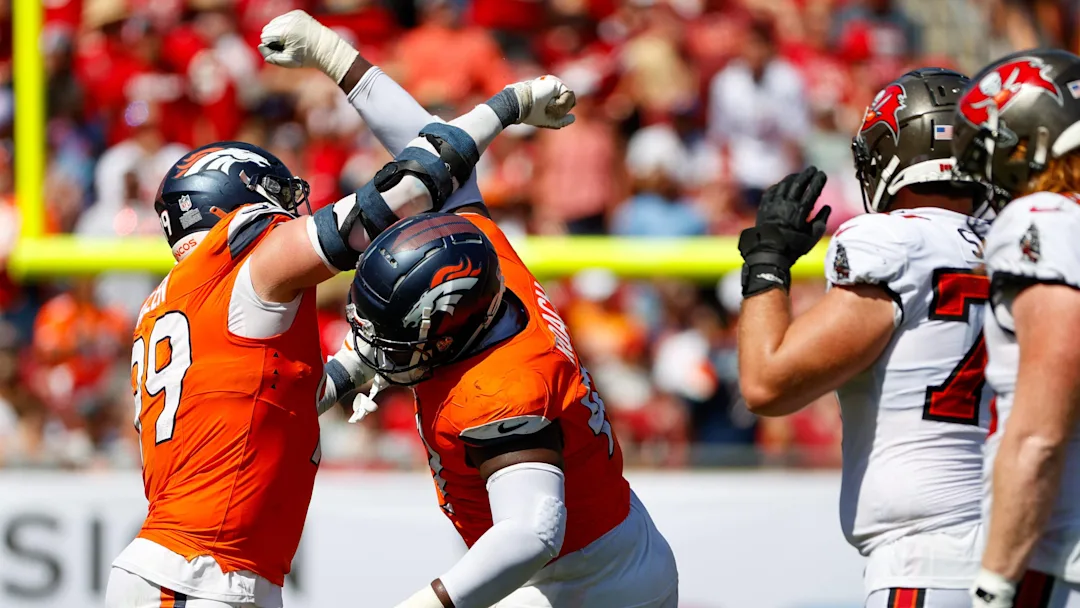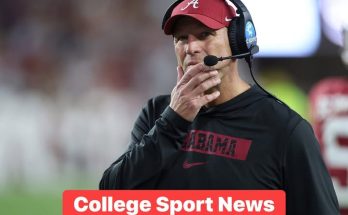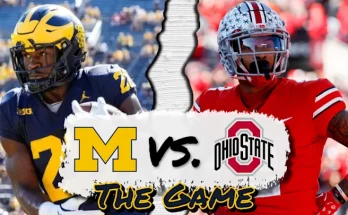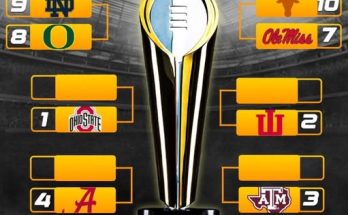The Denver Broncos have long been associated with strong defensive football, but few units in recent history have matched the dominance of the “No Fly Zone” defense that led the franchise to its third Super Bowl title in the 2015 season. That legendary group, headlined by the likes of Von Miller, Chris Harris Jr., Aqib Talib, and T.J. Ward, struck fear into opposing offenses with a combination of speed, swagger, and suffocating physicality. Now, nearly a decade later, the Broncos’ 2025 defense is drawing striking comparisons to that all-time great unit. According to NFL.com, the current iteration of Denver’s defense may be the best the team has fielded since that unforgettable season — and the numbers, roster construction, and on-field performances are starting to back that claim.
Much of the newfound optimism surrounding the Broncos’ defense stems from a wholesale shift in strategy and identity over the past two years. Following a period marked by inconsistency and coaching turnover, the 2024 offseason saw head coach Sean Payton and defensive coordinator Vance Joseph double down on their commitment to reviving the team’s defensive pedigree. They were intentional in their approach, targeting high-ceiling draft prospects, key free agent acquisitions, and fostering a sense of discipline and aggression that hearkens back to the heyday of the “No Fly Zone.”
One of the first moves that sparked excitement was the drafting of edge rusher Kamari Wilson with the Broncos’ top pick in the 2024 NFL Draft. Wilson, a high-motor defender with rare bend and explosiveness off the edge, was projected by some scouts as the top defensive player in the class. His rookie season proved those assessments weren’t far off. He tallied 10.5 sacks, 17 tackles for loss, and forced four fumbles, earning Defensive Rookie of the Year honors and instantly giving Denver a disruptive presence reminiscent of a young Von Miller. Wilson’s ability to wreak havoc in the backfield has created mismatches and opened up opportunities for the rest of the front seven, much like Miller once did for the 2015 squad.
Equally critical has been the emergence of linebacker Baron Browning into a bona fide defensive leader. After showing flashes in previous seasons, Browning fully blossomed in 2024, leading the team in tackles and becoming a vocal anchor at the heart of the defense. His athleticism allows him to drop into coverage, rush the passer, and cover sideline-to-sideline — an essential component of any elite modern defense. The Broncos also brought in veteran linebacker Patrick Queen, whose physicality and leadership have raised the collective football IQ of the group. Queen’s championship pedigree and intensity in run defense have fortified the Broncos’ interior and made them one of the stingiest units against the run.
What truly makes this 2025 Broncos defense special, however, is their rebuilt secondary, which NFL.com analysts have dubbed “No Fly Zone 2.0.” The nickname may sound ambitious, but it’s not unwarranted when you evaluate the performance and makeup of this defensive backfield. At the center of it all is cornerback Pat Surtain II, who has firmly established himself as one of the premier shutdown corners in the league. Surtain’s ability to erase an opponent’s top receiving threat gives Denver unmatched flexibility in coverage schemes. Opposing quarterbacks regularly avoid throwing in his direction altogether, and when they do, the results are often disastrous.
Opposite Surtain is the emerging Ja’Quan McMillian, a former undrafted free agent who has turned heads with his aggressive ball skills and instinctive play. McMillian’s development has been one of the most pleasant surprises for the team, as he’s shown he can hold his own in man coverage and isn’t afraid to get physical at the line of scrimmage. Add in ball-hawking safety Caden Sterns and veteran Justin Simmons — a perennial Pro Bowler and respected leader — and you get a complete secondary that excels in both deep coverage and in-the-box support.
What sets this group apart is how seamlessly they communicate and adapt on the fly. Defensive coordinator Vance Joseph has empowered the secondary to disguise coverages, rotate responsibilities pre-snap, and bait quarterbacks into making mistakes. The unit leads the league in passes defensed and is top-five in interceptions through the first half of the 2025 season, according to NFL.com’s midseason metrics. Moreover, their third-down defense has been exceptional, allowing conversions at a mere 29% rate, the lowest in the league. That sort of situational dominance is what defined the “No Fly Zone” era, and it’s increasingly becoming the calling card of this current squad.
Beyond the talent and numbers, what’s perhaps most reminiscent of the 2015 team is the defensive swagger this group carries into every game. There’s a noticeable edge, a belief that they can dictate terms to any opponent, regardless of star power or offensive pedigree. During their Week 6 dismantling of the Kansas City Chiefs, in which they held Patrick Mahomes to under 200 passing yards and forced three turnovers, it became clear that Denver’s defense wasn’t just good — it was elite. That performance alone made the league take notice, and it echoed the kind of statement games the 2015 defense was known for delivering on the biggest stages.
Another major factor behind this resurgence is the improvement of complementary football in Denver. In recent years, one of the main challenges facing the Broncos’ defense was being constantly put in difficult positions due to offensive inefficiency and poor time of possession. With quarterback Bo Nix showing signs of maturity and the offense playing more balanced football under Sean Payton’s guidance, the defense is spending less time on the field and has more freedom to take calculated risks. The improved offensive production also means opponents are more frequently playing from behind, allowing the defense to tee off in obvious passing situations — a recipe for sacks, turnovers, and momentum-shifting plays.
In the trenches, defensive linemen D.J. Jones and Zach Allen have been unsung heroes. Their ability to clog running lanes and generate interior pressure has helped free up edge rushers and made the Broncos nearly impossible to run on. In fact, they’re allowing under 90 rushing yards per game — the franchise’s best mark since the Super Bowl run. The team’s red zone defense has also taken a huge leap, ranking top three in fewest touchdowns allowed per red zone trip.
Depth is another strength that can’t be overlooked. The Broncos have managed to build a rotation that keeps players fresh and maintains a high level of play even when starters are off the field. Rookies like linebacker Drew Sanders and cornerback Riley Moss have made immediate contributions, while mid-tier free agents such as safety Kareem Jackson and pass rusher Nik Bonitto have embraced their roles and provided crucial depth and veteran savvy. Injuries, which have derailed many promising defenses in the past, haven’t exposed this group due to their rotational depth and versatility.
NFL.com’s assertion that this is Denver’s best defense since the “No Fly Zone” isn’t just a media soundbite — it’s a reflection of film study, advanced analytics, and league-wide respect. The Broncos are currently ranked top five in nearly every major defensive statistical category, including points allowed, total defense, third-down percentage, red zone efficiency, and turnovers forced. And just like the 2015 unit, this defense thrives in clutch moments, often closing out tight games with sacks, strips, or critical pass breakups.
The leadership on this unit is another parallel worth highlighting. While the 2015 defense was known for its boisterous personalities — Talib’s trash talk, Miller’s sack dances, and Ward’s bone-crushing hits — the 2025 group leads in a more modern, methodical manner. Surtain’s quiet confidence, Simmons’ wisdom, Browning’s intensity, and Wilson’s relentless energy form a leadership core that blends humility with high standards. Their collective ethos is not to celebrate every stop, but to expect it — a mentality that has permeated through the entire locker room.
Looking ahead, the sky appears to be the limit for this Broncos defense. They’ve not only restored a sense of pride to the fan base, but they’ve also become a legitimate X-factor in a competitive AFC landscape. With postseason ambitions in sight and a defense capable of carrying the team deep into January, Denver is no longer just hoping to win games — they’re expecting to dominate defensively. For a franchise that built its legacy on ferocious defenses in the Orange Crush and No Fly Zone eras, the 2025 defense is shaping up to be the latest chapter in a proud tradition.



